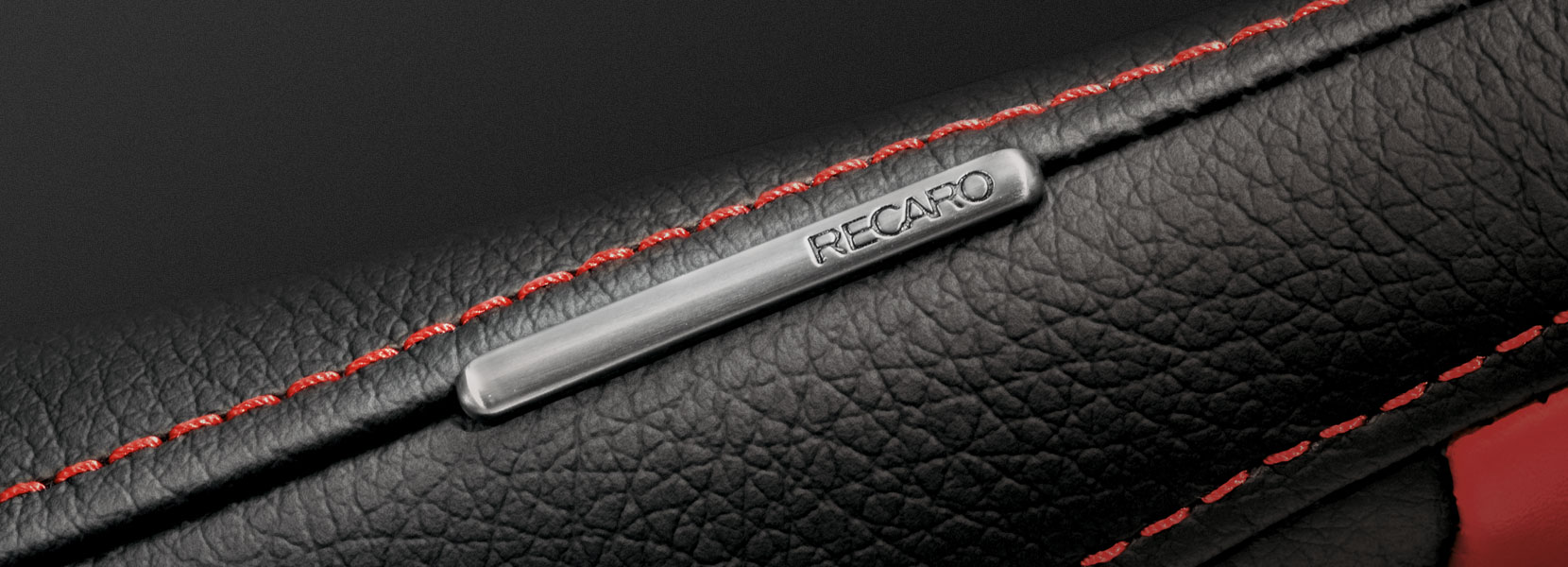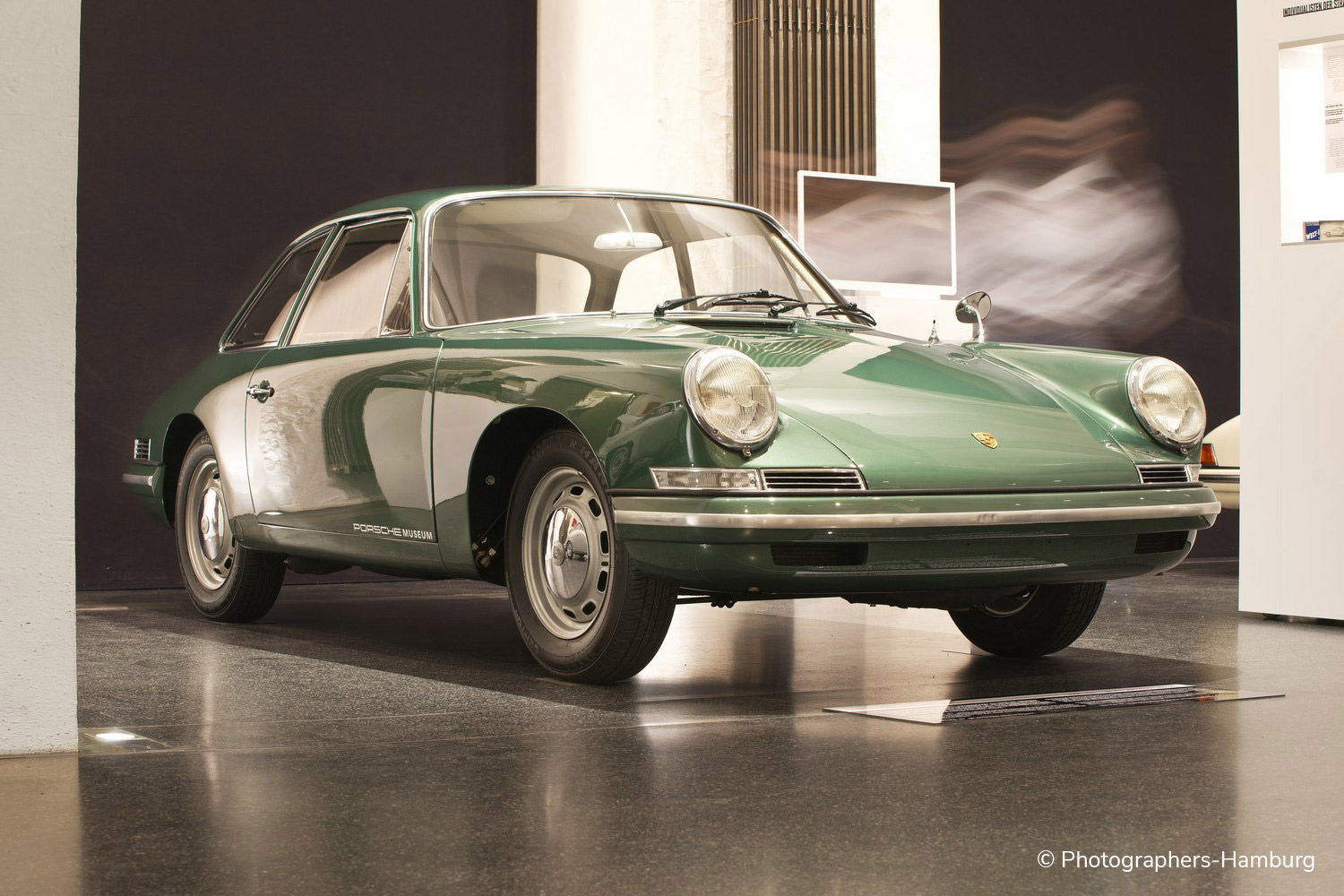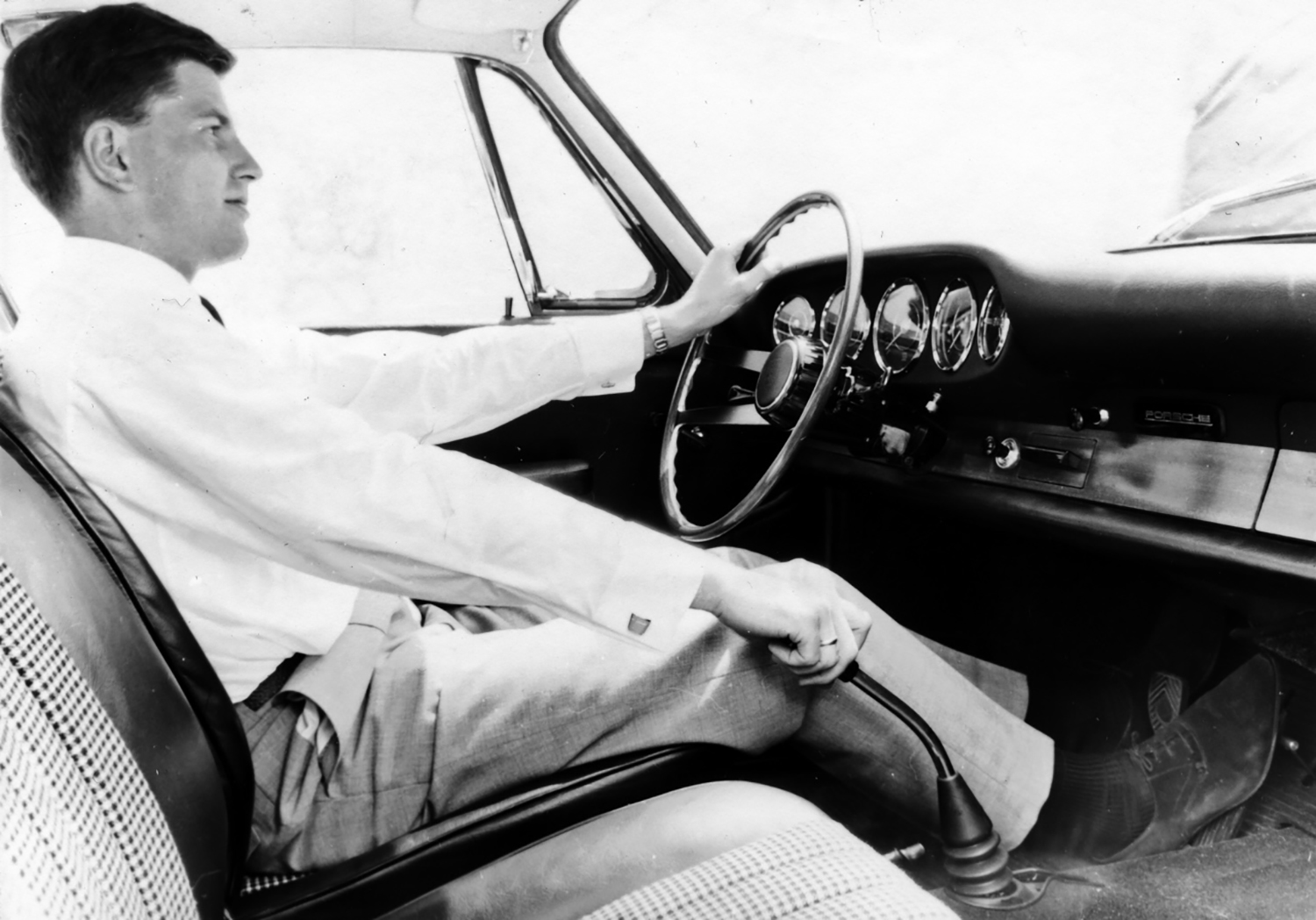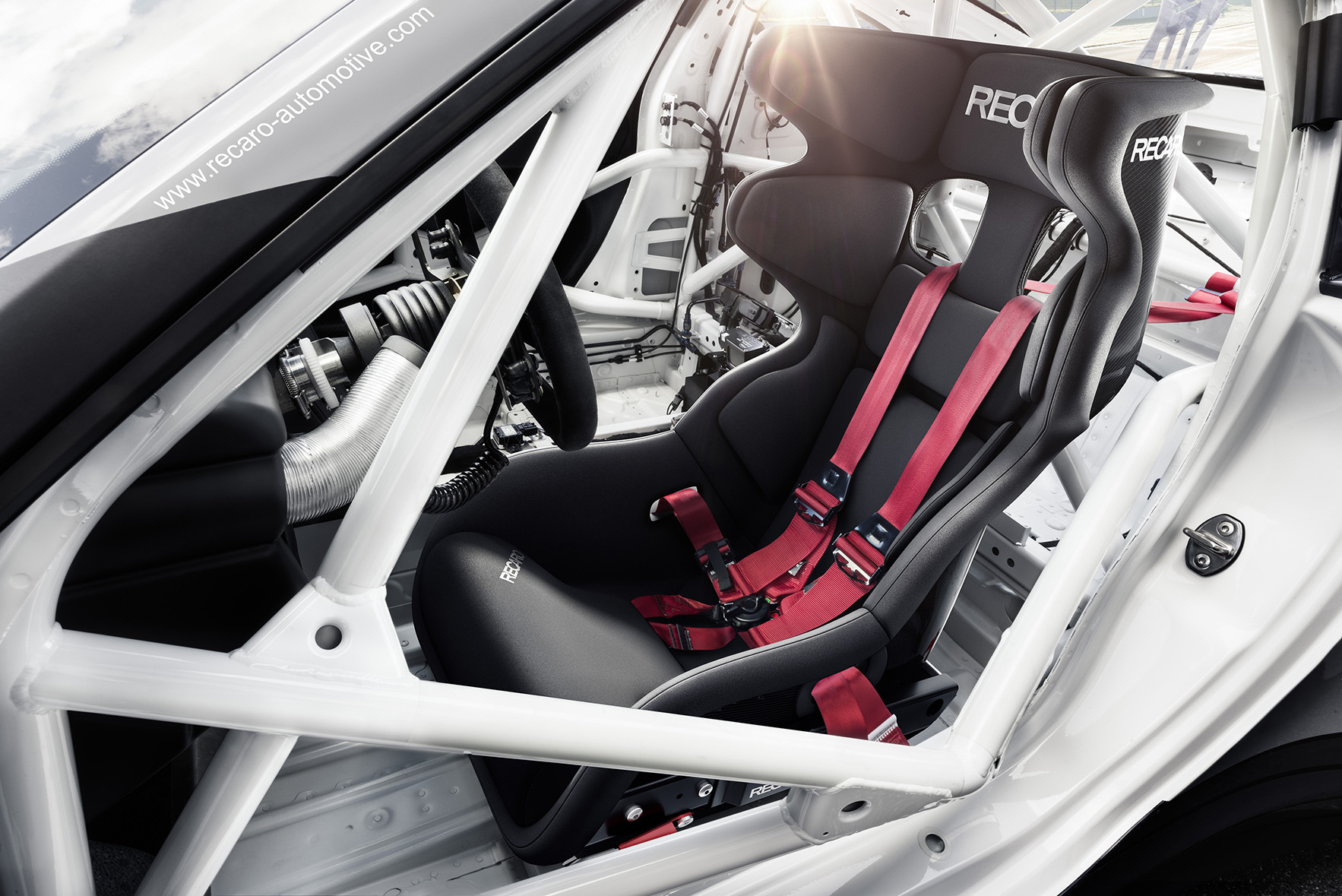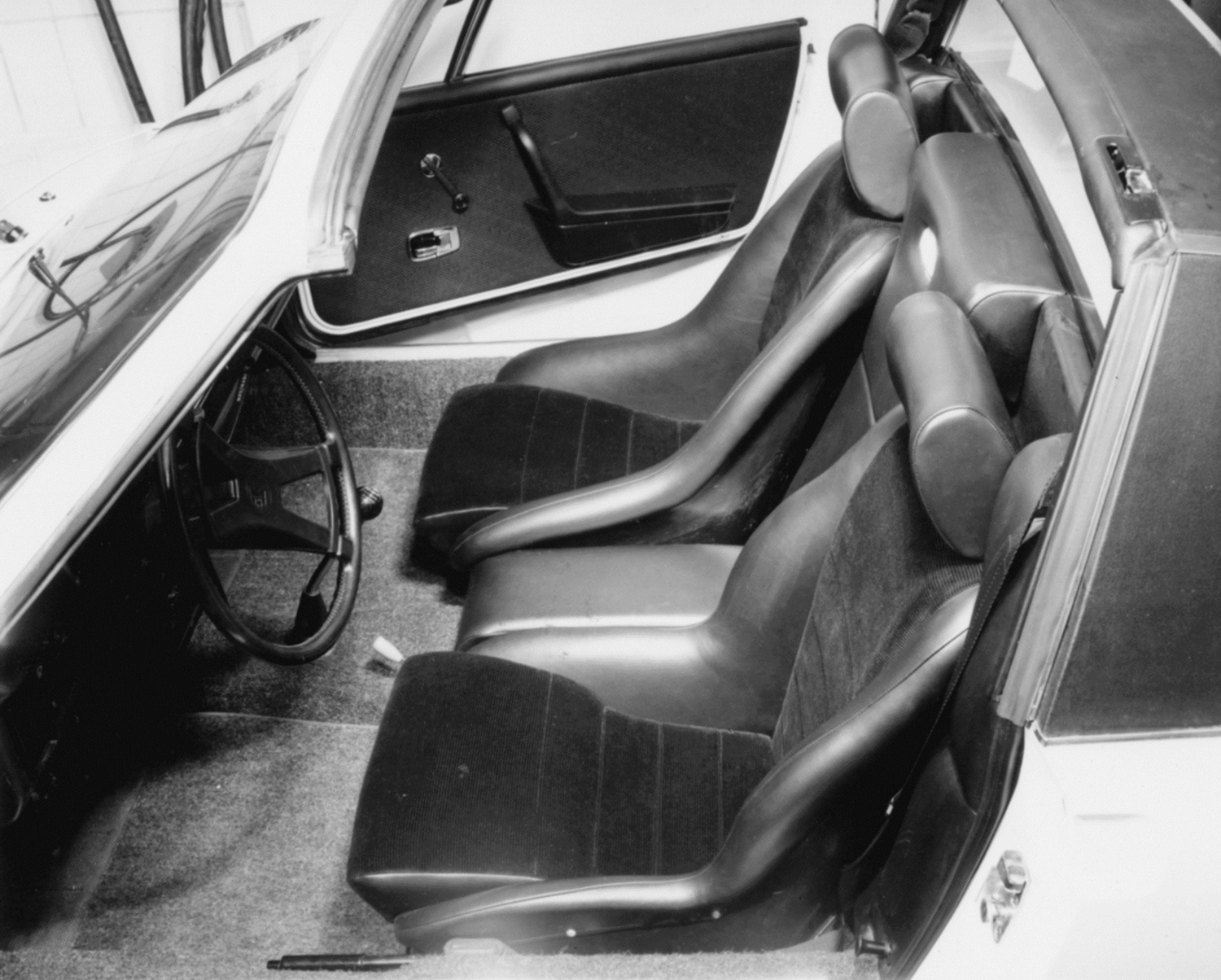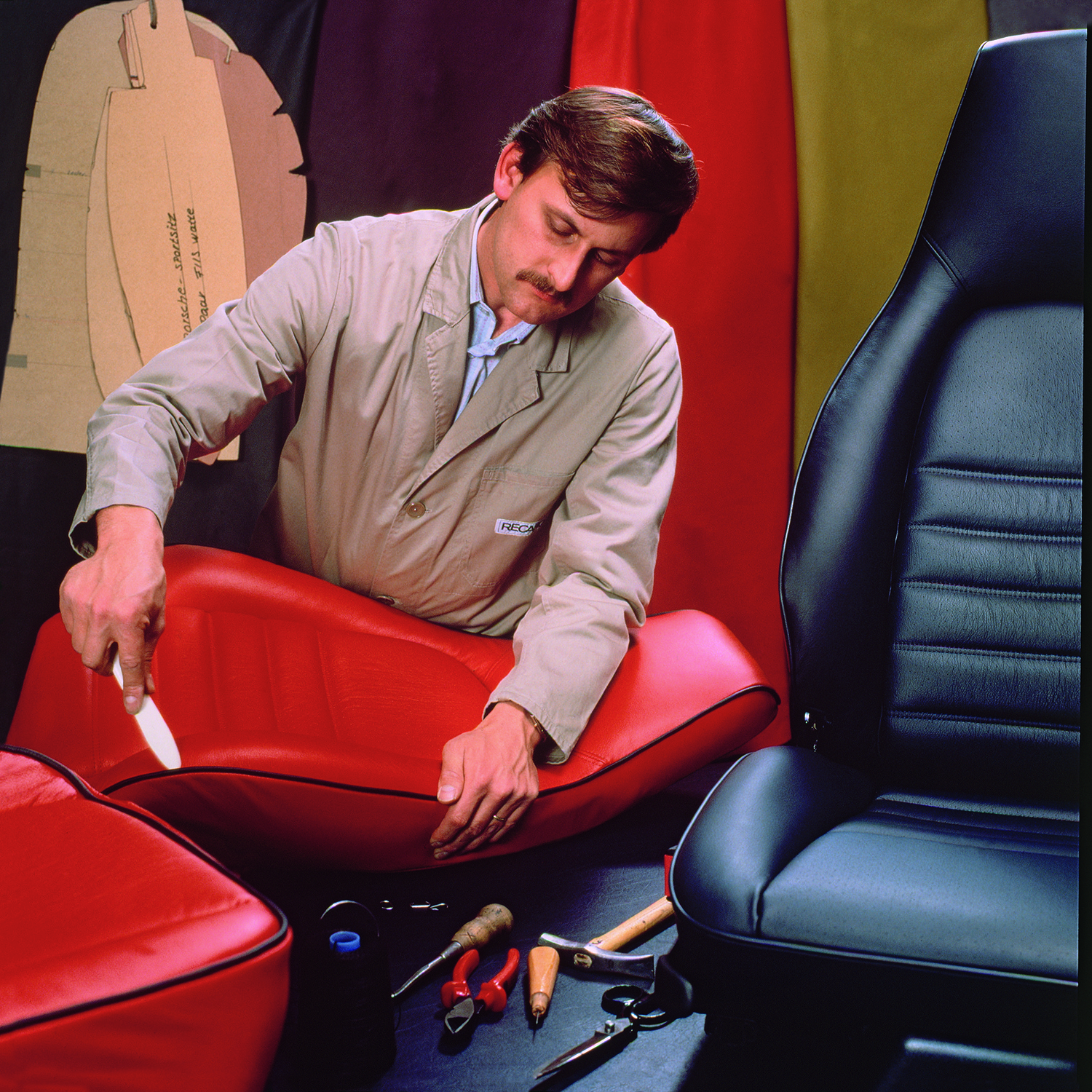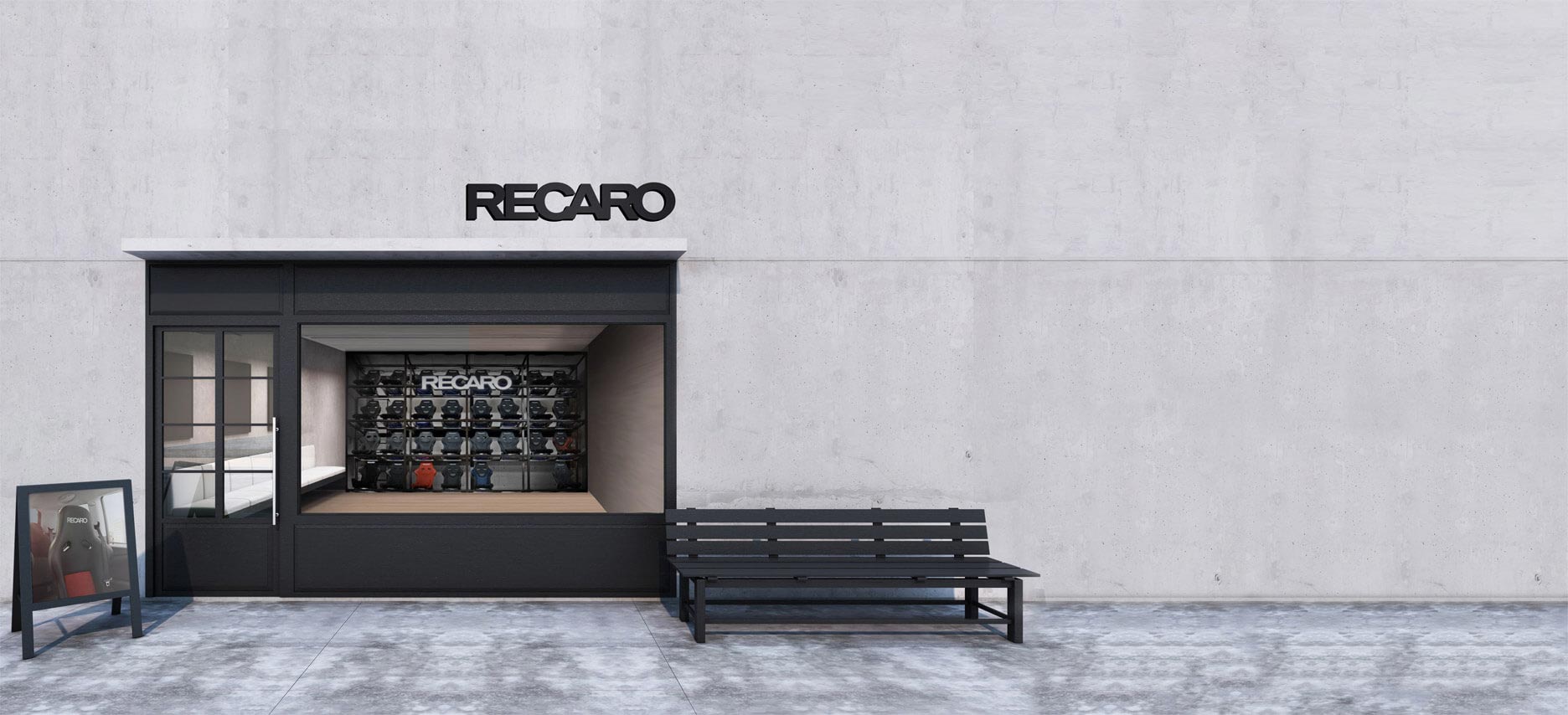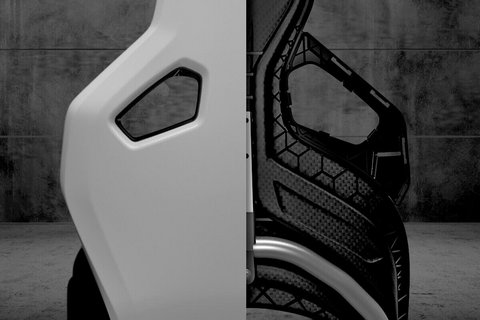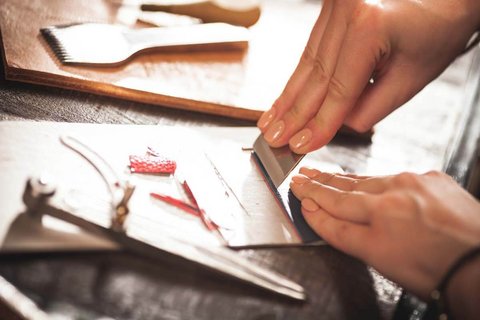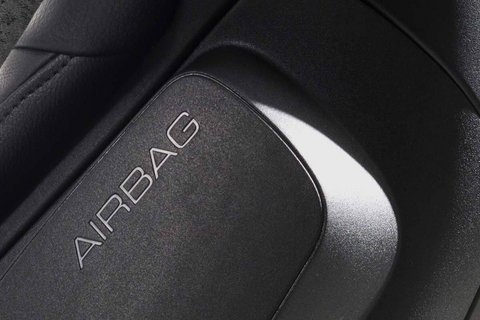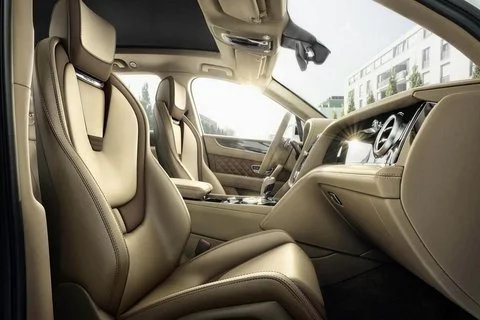The first Porsche 901 during a photo shoot in 1963: with (front to back) Ferry Porsche, Ferdinand Alexander Porsche and Ferdinand Piëch (in white shirt), along with Reutter car body specialists in the middle group, including Theodor Bauer, Gottlob Sturm and Walter Beierbach. (© Porsche archives) A short note from Ferry Porsche outlined the idea for one of the most famous sports car icons of all time: “Two-seater with comfortable jump seats. Improved entry.” On the sales side, the planned successor to the Porsche 356 would “maintain the previous Porsche lines. Not a fundamentally new car. Sporty character.” Stuttgarter Karosseriewerk Reutter (the predecessor of RECARO) participated in the design engineering of the car body and built the first prototypes of the Porsche 901. In the fourth part of this look back at the sports car history shared by RECARO and Porsche, we examine the “Sturmvogel” (“Stormbird”) project, a French veto, endings and beginnings – and a partnership that endures into the present day. After the triumph of the Porsche 356, it was time for a worthy successor to take over from this iconic bestseller. After the early ideas developed under the name Type 754 (T7), the team led by Ferdinand Alexander Porsche then turned to the so-called T8 design. In November 1961, Reutter received a development contract for the design engineering of a Porsche car body in coupe and cabriolet versions, bound by a strict nondisclosure agreement. A joint team of Reutter and Porsche engineers then went to work, with the first T8 prototypes emerging in 1962 at Reutter. That same year, the model was renamed Type 901, and in November 1962, the “Sturmvogel” (“Stormbird”) was ready for its first official test drive. Its name was derived from its snow-white paintwork. The prototypes were all built at Reutter’s special design department, headed by master craftsman Gottlob Sturm. But the T8 would not stop at concept cars, since the decision to pursue serial production was already settled. The car body’s design engineering was placed under the responsibility of Reutter. Although not yet ready for serial production, the Porsche 901 marked its world debut at the 41st Frankfurt Auto Show in 1963. The French company Peugeot later informed Porsche that it had registered naming rights to any three-digit model number with a zero in the middle. That’s why the 901 was later renamed to 911. At the same time, the shareholders of Reutter decided to sell the car body plant to Porsche. The sale was completed on December 1, 1963. After 58 years, the company history of Stuttgarter Karosseriewerk Reutter und Co. GmbH had come to an end – and the first chapter had begun at the new company RECARO (a name derived from REutter CAROsserie). From today’s viewpoint, this turned out to be very much a win-win situation: it was not only the car body plant in Zuffenhausen that Porsche took on, but also some 950 employees from Reutter, thereby acquiring their know-how. From December 1963 onward, around 250 remaining employees continued working at the Reutter headquarters on Stuttgart’s Augustenstrasse, where they manufactured seats and seat fittings, particularly seat reclining mechanisms, under the RECARO name. The economic basis for this new direction was built on an agreement that RECARO would provide all seats for Porsche sports cars during the next ten years. The close partnership between the two automotive pioneers Porsche and RECARO has endured, from that first decade up until the present day. RECARO supplied Porsche with almost every seat for the 911, up to and including the 993 generation, along with the seats for the Porsche 928. The sporty seats for the 914, 924 and 944 models also came from RECARO. RECARO Automotive Seating is currently supporting Porsche in motorsport as a technical partner and seating supplier for its GT3 Cup vehicles. One of the latest highlights here is the Porsche victory at the 24-Hour Race on the Nürburgring in 2018, with RECARO seats on board. It’s another outstanding milestone in more than 70 years of shared sports car history – and another page in this album of so many shared memories ... We look forward to many more thrilling Porsche models in the future, with their trailblazing ideas sure to create even more automotive icons!

